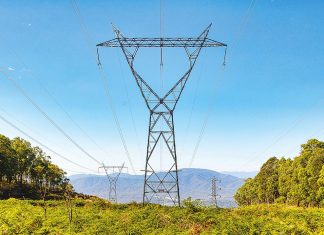Related coverage: Ambos’ efforts thanked
AMBULANCE Victoria will review its handling of a Gippsland ‘call-out’ which saw the service criticised in State Parliament recently.
State Opposition Leader Daniel Andrews raised concerns in parliament about a Neerim South man who suffered a serious anaphylactic reaction several weeks ago and waited 34 minutes for an ambulance, but was attended by “a group manager… in his own private vehicle”.
Ambulance Employees Australia Victorian general secretary Steve McGhie confirmed two group managers, in a sedan, had attended the call-out in the absence of any other vehicles being available.
He said the response was “highly unusual” and was “a desperate move by Ambulance Victoria to respond in that way and then transport a patient (to Latrobe Regional Hospital) in such a condition, in a sedan”.
In response, AV regional manager Gippsland Mick Stephenson said a review of the case was underway and AV would “discuss the outcome of the case with their patient and their family”.
“When someone calls us for help, we’d like to be able to send an ambulance immediately, sometimes this just isn’t possible and we understand that it can be concerning for those waiting,” Mr Stephenson said.
“In the instance where limited ambulance resources are available such as in this case, our resource managers will attempt to move resources, relocate services and even increase the number of response resources where possible to make sure there are ambulances available for emergency cases.
“We were able to treat and stabilise the patient effectively on scene,” Mr Stephenson said.
“The patient, once treated, was transported to hospital in the fastest and most effective manner that did not jeopardise their well being.
“The deployment of our paramedics is dynamic, the most appropriate ambulance is despatched from the nearest location to Triple Zero calls, we always send the closest ambulance to the most time critical patients first,” he said.
“Longer term, the information collected through centralised call-taking allows us to better map demand for ambulances by time of day and location and better plan our service.
“It also means we have live information that allows us to move ambulances around in a very flexible way to get the best response and medical outcomes for our patients.”
State Parliamentary Secretary for Health Wade Noonan said he understood on the same Sunday night in Gippsland, when the Neerim South incident occurred, “in an intense 90-minute period there were three code one emergencies to handle and responses took over half an hour” to attend.
Local paramedics and union sources have cited the Neerim South incident as one among numerous others they claimed highlighted the widening gap between local paramedics’ caseloads and the resources afforded to them.











